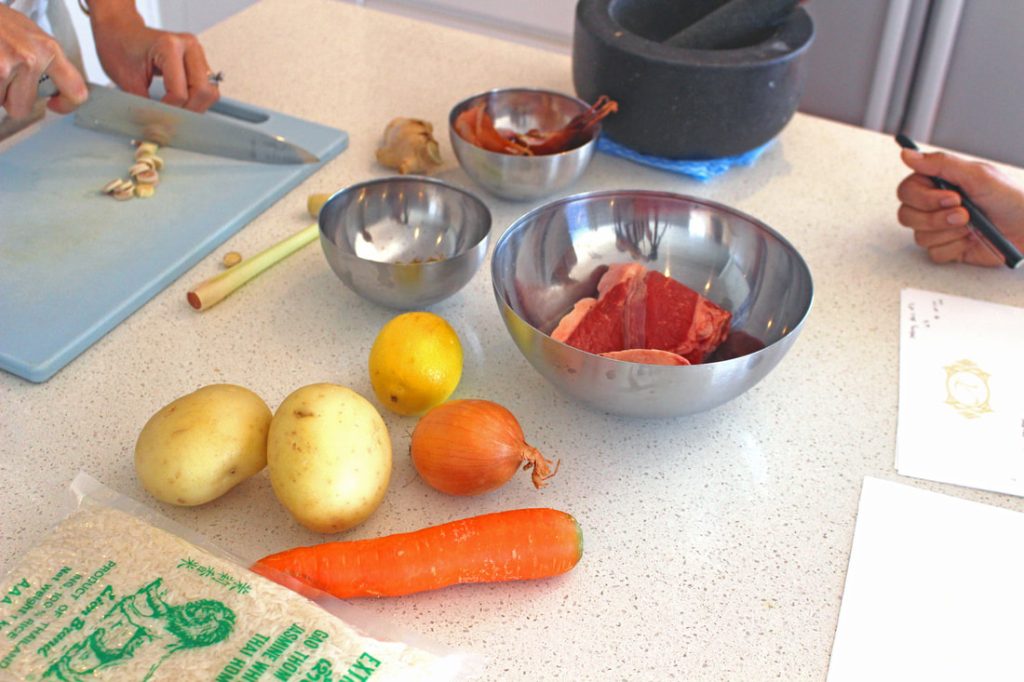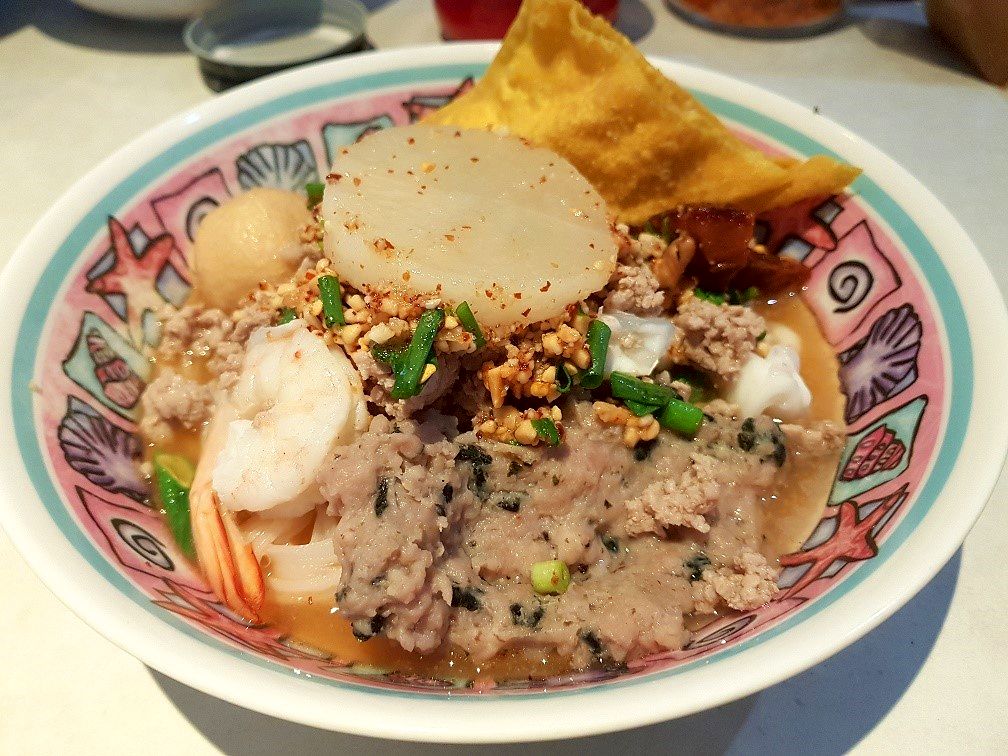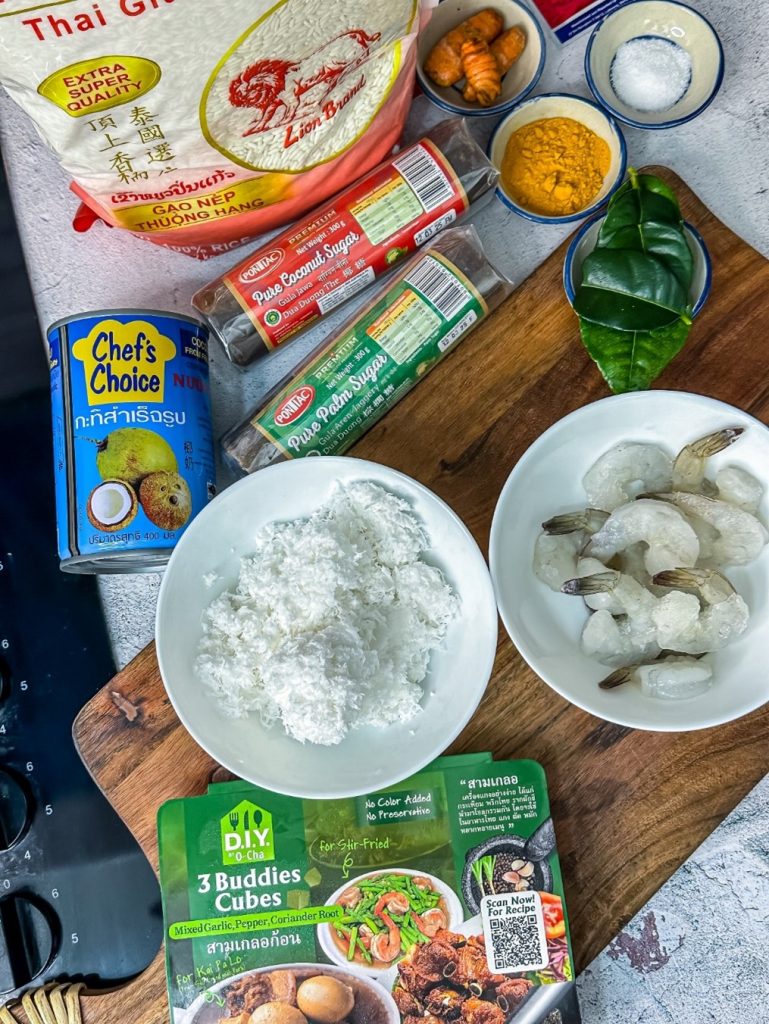People want to see the junk. They want to watch people eat things that they can’t eat… I get that. A few years ago, when I was on a really restrictive diet, I would just type ‘someone eating macaroni and cheese’ into Google and watch… There’s an entertainment factor. If I were to post salad mukbangs, I would not get the views that I do today – Nikocado Avocado, Mukbang BJ
In an age of Instagram where the visual aspect of food is becoming increasingly important, the “Muk Bang” phenomenon is the logical next step.
Mukbang (a portmanteau of the Korean words for “eating” (먹는; meokneun) and “broadcast” (방송; bangsong)) is a live online audiovisual broadcast in which a host eats large amounts of foods while interacting with their audience. This is usually done through streaming platforms including Afreeca, YouTube and Twitch.
In Korea, it’s not common for people to go out to eat by themselves.. Dining is a social activity, and you don’t sit and eat alone. For those that can’t eat with others, they’ll more than likely stay home to eat alone, but they’ll still have the urge to socialize while eating, which is what I think mukbangers replicate – Simon Stawski, of Eat Your Kimchi
People want to see the junk. They want to watch people eat things that they can’t eat… I get that. A few years ago, when I was on a really restrictive diet, I would just type ‘someone eating macaroni and cheese’ into Google and watch… There’s an entertainment factor. If I were to post salad mukbangs, I would not get the views that I do today -Nikocado Avocado, Mukbang BJ
Viewers who watch my mukbang are on a diet,… So you call this a sort of gratification through others – Rachel Ahn, “Aebong-ee“
The demands on Ahn and other mukbang stars like her are high — she can’t just eat, she must eat ferociously. As she devours noodles, loud slurping is a must – NPR
Be prepared for people to critique how you eat – Erik Lamkin, aka Erik the Electric
References
https://www.npr.org/sections/thesalt/2015/03/24/392430233/koreans-have-an-insatiable-appetite-for-watching-strangers-binge-eat
https://en.wikipedia.org/wiki/Mukbang
https://www.bbc.com/news/av/world-asia-43670719/millions-watch-extreme-eating-korean-mukbang-star
https://reporter.rit.edu/leisure/mukbang-enjoy-watching-people-eat-you%E2%80%99re-not-alone
http://www.anthropology-news.org/index.php/2018/11/30/mukbang-is-changing-digital-communications/
http://www.koreabiomed.com/news/articleView.html?idxno=2936
https://www.diggitmagazine.com/column/mukbang-ludic-way-have-meal
https://www.economist.com/asia/2015/06/27/the-food-show-craze
https://www.today.com/food/what-mukbang-inside-viral-korean-food-phenomenon-t123251
http://www.statepress.com/article/2018/10/spartcult-students-find-mindless-entertainment-in-mukbangs
https://www.menshealth.com/health/a25892411/youtube-mukbang-stars-binge-eat/
https://qz.com/592710/why-some-koreans-make-10000-a-month-to-eat-on-camera/
https://www.eater.com/2017/4/19/15349568/mukbang-videos-korean-youtube
http://www.koreaherald.com/view.php?ud=20180830000693





